Top Things to Know Before Buying Arbor Garden Solutions
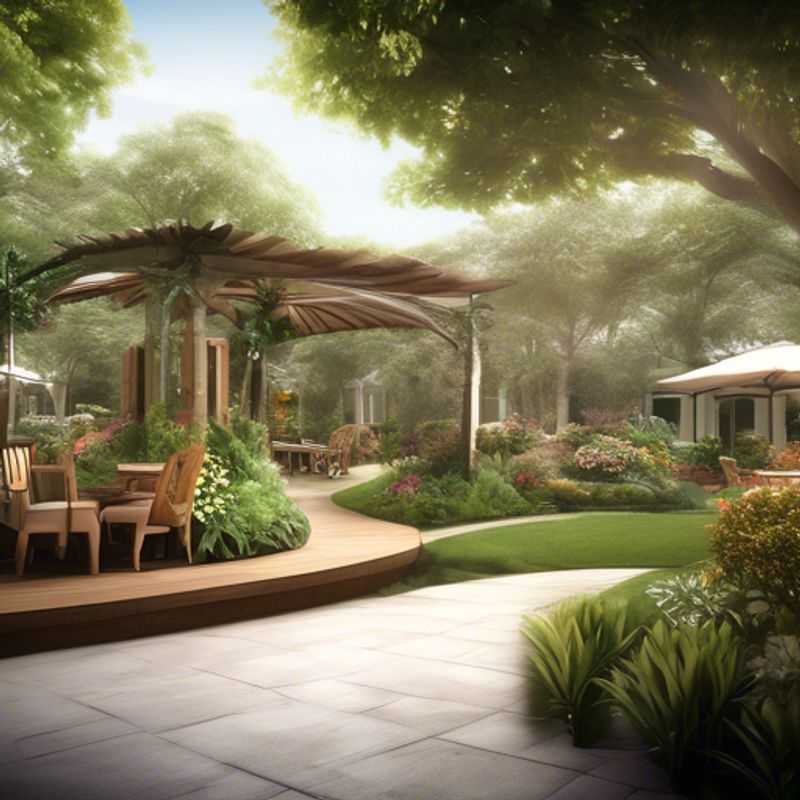
Top Things to Know Before Buying Arbor Garden Solutions: A Comprehensive Guide
Planning an arbor garden solution can be a beautiful and rewarding experience. It's a project that involves not only the aesthetics but also the practicalities of construction and durability. Choosing the right arbor can truly elevate your garden, so let's delve into some key considerations before you make your purchase.
First and foremost, you'll want to understand the different types of arbor garden solutions available. Metal arbors are sturdy and low maintenance, while wood arbors offer a classic, natural look. Vinyl arbors provide a durable, weather-resistant option. Consider your personal preferences and the overall style of your garden when making this decision.
Next, think about the size and weight capacity of the arbor.
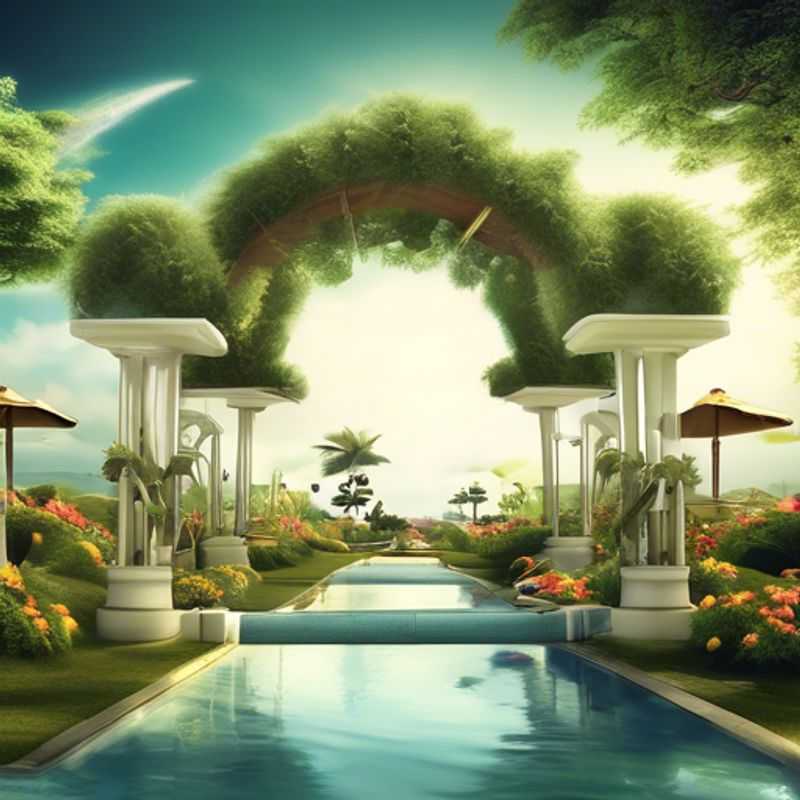
Arbor Garden Solutions: A Guide to Metal, Wood, and Vinyl Choices
When designing your garden, an arbor can add a touch of elegance and define specific areas. Selecting the right arbor material is crucial for both aesthetics and durability. Here's a breakdown of the popular options:
Metal Arbors: These arbors offer robust construction, longevity, and resistance to weather elements. They often come in various finishes, like powder-coated or galvanized steel, for a modern look. Metal arbors can withstand heavy vines and are generally low-maintenance, making them a practical choice. They're also more expensive upfront but provide a long-lasting investment. You'll likely spend between $500 to $1,500 for a good quality metal arbor.
Wood Arbors: Wooden arbors possess a timeless charm and seamlessly integrate into traditional garden settings. They offer flexibility in design and can be stained or painted to complement your existing landscape. However, wood requires regular maintenance, including staining or sealing, to prevent rot and insect damage. Expect to pay $250 to $1,000 for a wooden arbor.
Vinyl Arbors: Vinyl arbors offer a low-maintenance solution, being resistant to rot, insects, and fading. Their synthetic composition requires minimal upkeep, making them ideal for busy gardeners. Vinyl arbors can be found in a range of colors and styles to match your preferences. While they might initially seem more affordable than metal, the price point can vary significantly, ranging from $300 to $1,000.
Ultimately, the best arbor type depends on your specific needs, budget, and aesthetic vision. Consider factors like your garden's style, the weight of the plants you plan to grow, and the level of maintenance you're willing to commit to. Researching different options and consulting local landscaping experts can help you choose the perfect arbor to enhance your outdoor space.
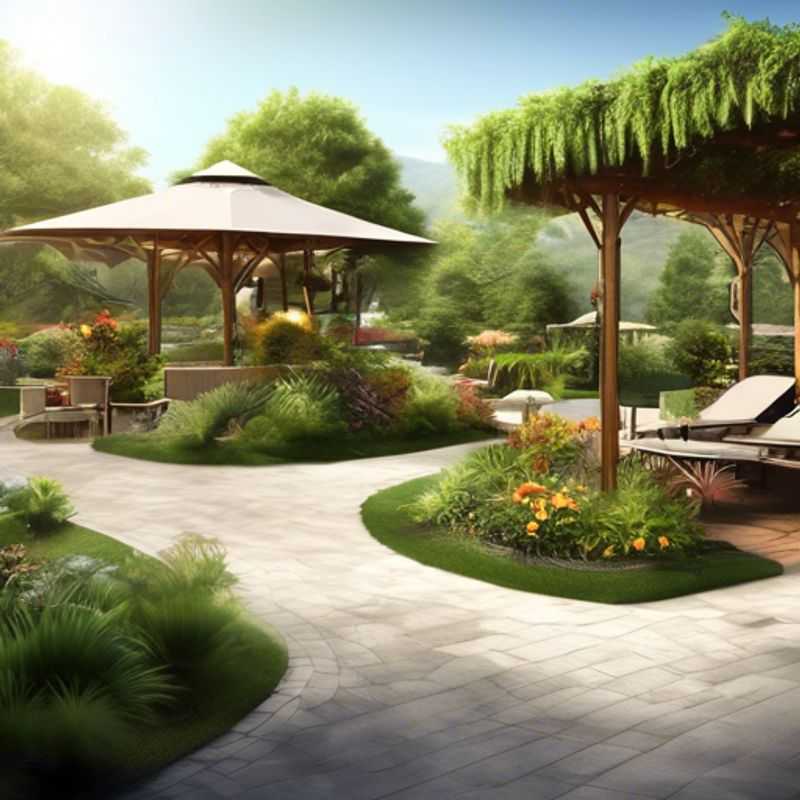
Arbor Size and Weight Capacity: Ensuring Stability and Safety
When choosing an arbor, it's crucial to consider its size and weight capacity to ensure it can safely support its intended use. Arbors come in various sizes, and each size has a maximum weight capacity that it can safely handle. For example, a small arbor might only be suitable for supporting a light-weight vine, while a larger, sturdier arbor can accommodate heavier plants or structures.
To determine the appropriate size and weight capacity, consider the following factors:
Type of plants you want to grow: Different plants have varying weights and growth habits. Some plants are lightweight and require minimal support, while others can become heavy and require sturdy structures.
Location of the arbor:The location of the arbor will influence its exposure to weather conditions like wind and rain. Arbors in exposed locations might need a larger size and heavier construction to withstand strong winds.
Additional weight: If you plan to add additional weight to the arbor, such as decorative elements or seating, ensure the structure can handle the added load.
Consult with a landscape professional: For larger or more complex projects, it's advisable to consult with a landscape professional who can help determine the right size and weight capacity based on your specific needs and location.
Choosing an arbor with the appropriate size and weight capacity is essential for ensuring its longevity and safety. Overloading an arbor can lead to structural damage or even collapse, posing a risk to people and property. By carefully considering these factors, you can select an arbor that will provide the necessary support and enhance the beauty of your outdoor space for years to come.
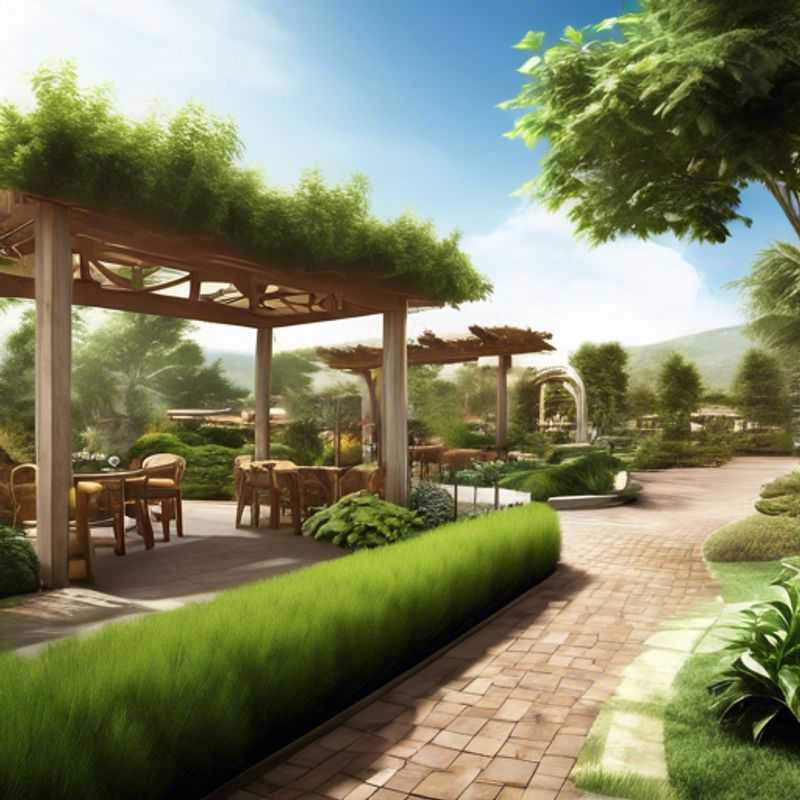
Measure Twice, Plant Once: Ensuring Your Arbor Fits Perfectly
Measuring the area where your arbor will be placed is a crucial step in ensuring a perfect fit and a beautiful addition to your landscape. This simple process involves a few straightforward steps that can save you headaches and potential rework later. Start by visualizing the arbor in your desired location and determining its footprint. Consider the size and shape of the arbor, including any decorative elements or extensions. Next, use a measuring tape to accurately determine the length and width of the area where you intend to place the arbor. Be sure to account for any obstacles such as trees, fences, or landscaping features. If you’re unsure about the precise dimensions, consider seeking assistance from a professional landscaper who can offer expert advice and ensure a perfect fit.
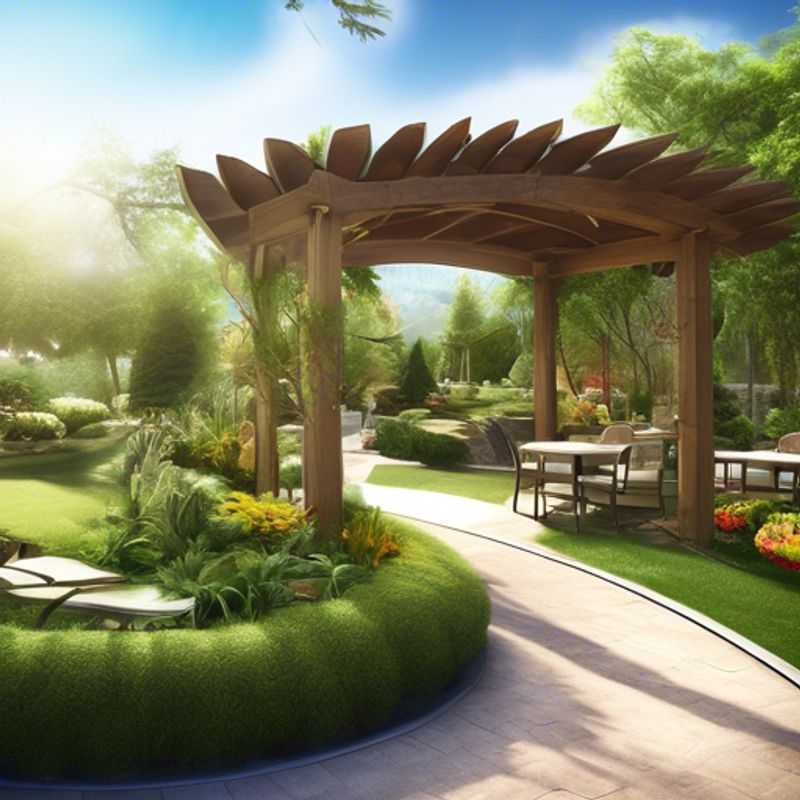
Building a Lasting Legacy: Understanding Arbor Materials for Durability and Weather Resistance
Arbor construction materials face the brunt of nature's elements, making durability and weather-resistance paramount. Understanding the properties of the materials used is crucial for ensuring the longevity and structural integrity of your arbor.
Wood, a classic choice, offers natural beauty and warmth. However, it requires proper treatment to resist decay, rot, and insect infestations. Pressure-treated lumber is a popular option, as it's infused with chemicals that repel pests and moisture. Hardwoods are inherently more durable than softwoods, but often come at a higher price. Cedar and redwood are naturally resistant to decay and insects, making them excellent choices for arbors.
Metal, another common material, provides strength and low maintenance. Steel and aluminum are popular choices, but they can be prone to rust and corrosion, especially in harsh environments. Powder-coated finishes offer protection against the elements and are aesthetically pleasing. Stainless steel, known for its resistance to rust, is a premium option, but it can be more expensive.
Synthetic materials like PVC and composite decking are becoming increasingly popular for arbor construction. They are durable, weather-resistant, and often require less maintenance than wood or metal. They come in various colors and textures, offering design flexibility. However, they may not be as aesthetically pleasing as natural materials to some.
When researching materials, consider the climate and environment where the arbor will be built. Humidity, temperature extremes, and exposure to sunlight all influence the lifespan and performance of materials. Consult with a professional builder or contractor to determine the most suitable materials for your specific location and arbor design.
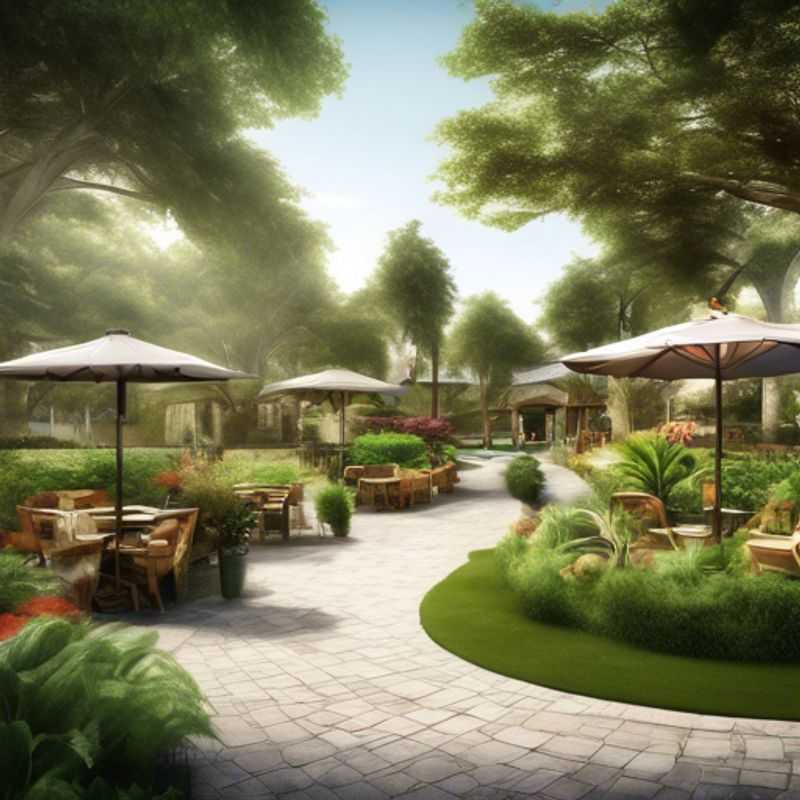
Easy Assembly & Installation: Finding the Perfect Arbor for DIY Projects
Assembling and installing an arbor can be a rewarding DIY project, but choosing the right one is key. Look for arbors with pre-cut and labeled parts, along with clear, detailed instructions.
Consider the type of construction – arbors made of pre-assembled panels or modular sections are often easier to assemble. Material is important too – metal arbors are typically lighter and easier to handle than wooden ones.
Before buying, think about your skill level and available tools. A basic set of tools, including a screwdriver, drill, and level, will usually be sufficient.
Keep in mind that some arbors may require additional materials like concrete for anchoring, so make sure you have everything you need before starting.
Always follow the manufacturer's instructions carefully and wear appropriate safety gear, such as safety glasses and gloves.
You can find helpful assembly videos online for many arbor models, which can give you a visual guide and tips for navigating the process.
Enjoy your new arbor!
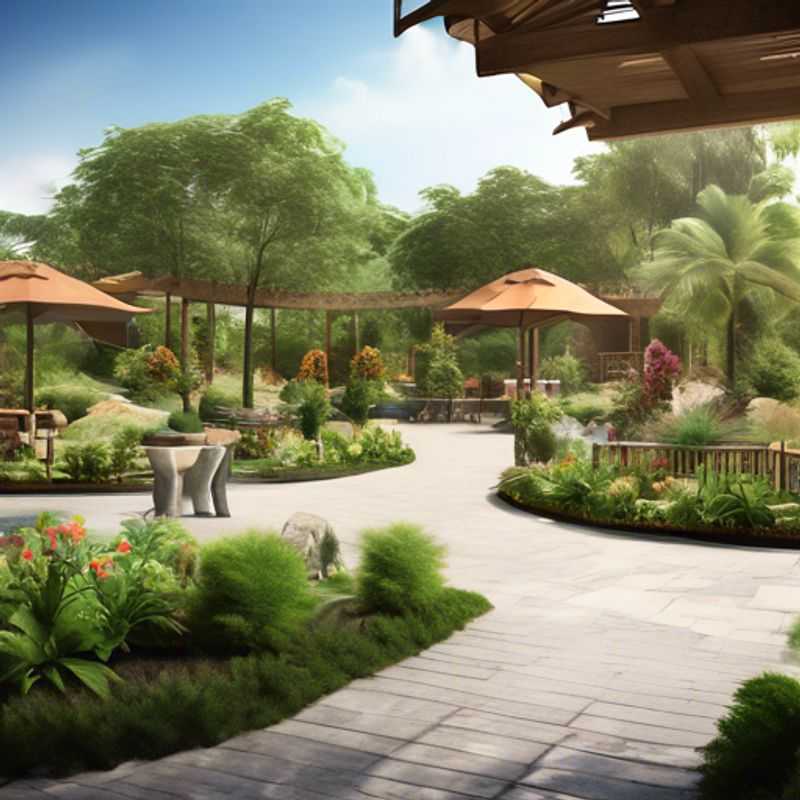
Beyond the Blades: Checking Warranty & Support for Arbor Manufacturers
When considering an arbor purchase, understanding the manufacturer's warranty and customer support policies is crucial. These aspects can significantly impact your long-term satisfaction and investment. Checking for warranties and customer support details is an essential step in the decision-making process.
A warranty typically outlines the manufacturer's commitment to repair or replace defective products within a specified period. It's essential to carefully review the warranty terms, including the duration, coverage details, and any exclusions. Understanding the scope of the warranty helps you assess the manufacturer's confidence in their product and the level of protection you can expect.
Customer support, on the other hand, refers to the assistance provided by the manufacturer to address any issues or inquiries you may have. This can include technical support, troubleshooting guidance, repair services, and replacement parts. A reliable customer support system ensures that you can easily access assistance when needed.
To gather information on warranties and customer support, you can explore the manufacturer's website, review product documentation, or contact their customer service department. It's recommended to compare warranties and customer support offerings from different manufacturers before making your final purchase decision.
Investing time in researching warranties and customer support can ultimately save you headaches and potential costs in the long run. By ensuring you have the necessary protection and support, you can make a confident and informed decision.
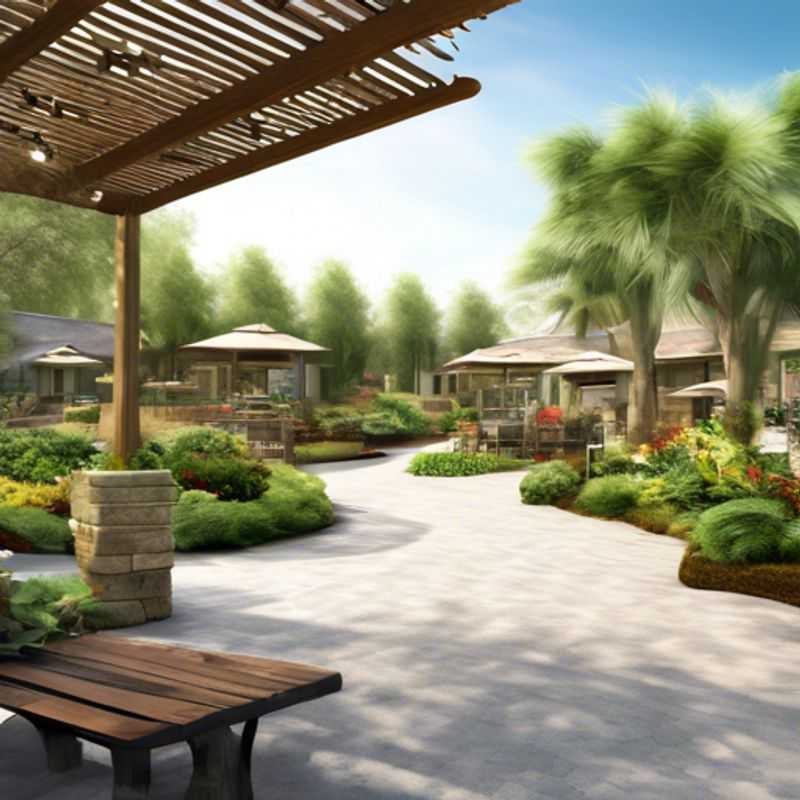
Arbor Aesthetics: Matching Style and Function for Your Garden
Choosing an arbor is a fun process! But it's important to ensure it fits your garden's style. Think of it like choosing a new outfit - you want it to look good with your existing wardrobe!
First, consider the overall style of your garden. Is it formal and symmetrical? Or more natural and free-flowing? This will help guide your choice. For example, a classic, formal garden might pair well with a structured, wooden arbor with intricate details. A cottage garden, on the other hand, could benefit from a rustic, whimsical arbor with climbing plants.
Next, think about the size and scale of the arbor. It should be proportionate to your garden. A large arbor can overwhelm a small space, while a tiny one might get lost in a large garden.
Finally, don't forget the materials. Wood is a popular choice, offering warmth and natural beauty. But metal or stone can also be very attractive. The right material will complement the other elements in your garden.
Remember, an arbor is a long-term investment. Take your time, research different options, and choose one that fits your style and vision. Happy gardening!
